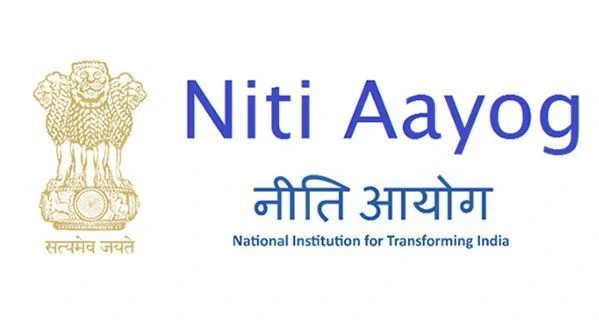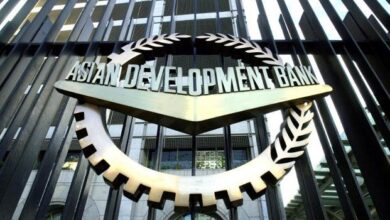Recent NSSO Consumer Survey reveals poverty decline to 5% in India: NITI Aayog CEO
"The survey findings indicate that poverty in India is below five per cent now. I am convinced with the data," stated NITI Aayog CEO B V R Subrahmanyam.

NITI Aayog CEO B V R Subrahmanyam reported that the most recent consumer expenditure survey reveals a decline in poverty to five percent nationwide, with individuals experiencing increased prosperity in both rural and urban regions.
On Saturday, the National Sample Survey Office (NSSO), operating under the Ministry of Statistics and Programme Implementation, unveiled data on household consumption expenditure for the year 2022-23. The data revealed that per capita monthly household expenditure more than doubled in 2022-23 compared to 2011-12.
“This long-awaited consumer expenditure survey has brought out many things. With data on household consumption, we can assess what is the status of poverty in the country and how successful the poverty alleviation measures have been,” Subrahmanyam told reporters.
“The survey findings indicate that poverty in India is below five per cent now. I am convinced with the data,” he said.
He mentioned that for the survey, individuals were categorized into 20 different groups, revealing that the average per capita monthly expenditure across all categories was Rs 3,773 in rural areas and Rs 6,459 in urban areas. Additionally, the average per capita monthly expenditure of the 0-5 percent fractile class was noted at Rs 1,373 in rural areas and Rs 2,001 in urban areas.
“If we take the poverty line and inflate it with the Consumer Price Index (CPI) to today’s rate, we see that the average consumption of the lowest fractional, the 0-5 per cent, is about the same. This means poverty in the country is there in the 0-5 per cent group only,” the NITI Aayog CEO said.
“This is my assessment. But economists will analyse it and come out with absolutely correct numbers,” he added.
Referring to the survey data, Subrahmanyam indicated that the rise in consumption in both rural and urban areas amounted to approximately 2.5 times.
“This shows that the progress in the country is happening in both urban and rural areas,” he added.
Subrahmanyam highlighted another notable takeaway from the survey findings, emphasizing that consumption in rural areas is experiencing a faster growth rate compared to urban areas, consequently reducing the gap. He remarked, ‘Disparities are decreasing.’ According to the survey data, the disparity stood at 84 percent in 2011-12 and has decreased to 71 percent in 2022-23, having peaked at 91 percent in 2004-05.
Subrahmanyam expressed the possibility that if this trend persists, urban and rural incomes as well as consumption levels could converge in the coming years.
Furthermore, the NSSO survey indicates a significant decline in the consumption of cereals and food across the country. In rural areas, the consumption of cereals as a percentage of the average Monthly Per Capita Consumption Expenditure (MPCE) has dropped from 22 percent in 1999-2000 and 10.7 percent in 2011-12 to less than five percent presently.
Similarly, the overall consumption of food in rural areas as a percentage of the average MPCE has decreased from nearly 60 percent in 1999-2000 and 53 percent in 2011-12 to 46 percent now.
In urban areas, the consumption of cereals and food has also seen a decline. Cereals’ consumption as a percentage has decreased from 12 percent in 1999-2000 and over six percent in 2011-12 to less than four percent currently. Additionally, the total consumption of food as a percentage of the average MPCE in urban areas has decreased to 39 percent, marking the first time it has dropped below 50 percent, from almost 50 percent in 1999-2000 and 43 percent in 2011-12.
“This means people are becoming prosperous with extra income. And with this increased prosperity, they are spending more on other things than food. And in food, you will see they are drinking more milk, eating fruits and more vegetables. And the most significant is that they are spending more on processed food,” he said.
Following the NSSO survey, Subrahmanyam remarked that the consumer price index would need to undergo rebalancing to accurately reflect current consumption patterns.
“The contribution of food to CPI inflation will be lower and probably was lower in earlier years also. This means inflation was being overstated and is probably less as food has been a major contributor to inflation,” he said, adding that the NSSO survey may have implications on GDP.
You might also be interested in – NITI Aayog: 24 Crore people out of Multidimensional Poverty; UP Leads the way



